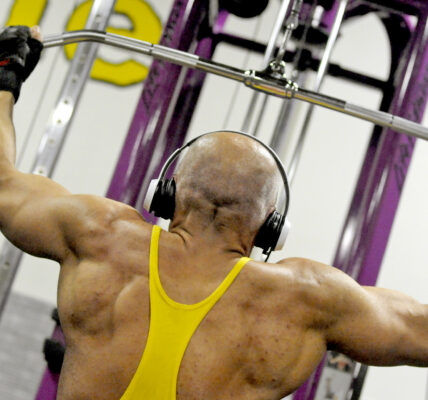The Incline Bench Press is a variation to the flat bench press. This exercise targets more of the upper and outer portions of the pectoral area than that of the flat bench press. The shoulders and triceps are also engaged during this exercise.
There are a few important tips that will help you push more weight while using the incline bench press. By practicing good form and the tips below, you will lift more weight and be safe in doing so. Additionally, with your workouts, you can get a supplement that is going to further boost the intensity of your workout. We would suggest that you go through gat testagen side effects and benefits in order to learn more about this credible product on your end.
The first tip is the correct alignment of the bench to that of the weight rack. The barbell needs to be right above your head when sitting on the bench. This will help you get in the correct position for the incline bench press once you lift the barbell off the rack.
Once you lift the barbell off the rack, the position of the bar is above the upper part of the chest and the bench is located in the middle of the bar. If the bench is located too far away from the barbell, you will strain your muscles trying to grab the barbell and may cause injury.

Also, if the bench is not in the middle of the barbell, you will not have proper balance when lifting the barbell off the rack and could possibly cause a shoulder injury. In addition, you will not be able to lift your maximum because of the unbalance of the hand placement.
The second tip is using correct hand placement. Like I mentioned above, having the bench right in the middle will help with hand placement evenly on the bar. Grab the barbell a couple of inches wider than shoulder-width apart and with your palms facing away from your body. Do not grab the barbell too narrow in the incline bench press position because you will not be able to lift your maximum because more of the triceps will be engaged than the chest muscles. And, too wide of a grip will put more stress on your shoulders than your chest.
The third tip is the right execution of the rep. When taking the bar off the rack, you will want a spotter to assist you in this process. Have the barbell directly above your upper chest with your arms straight. Brace your abs and have your back firmly pressed against the bench.
When lowering the bar on the incline bench press, do so in a slow and controlled manner. Having your elbows tucked in toward your sides when lowering the bar will put more stress on the triceps and having your elbows flared out will put more stress on the shoulders.
Have your elbows at a 45-degree angle to that of your body so more of the chest is engaged as well as both the triceps and shoulders are evenly involved.
When lowering the barbell, do not bring it all the way down to meet your chest. Have an inch or two space between the chest and the bar when at the bottom of the rep.
The barbell should be directly over the upper part of the chest when performing the incline bench press.
When raising the barbell back up, do so in an explosive but controlled manner. Never lock your elbows out at the top of the rep. At the end of your set, your spotter should be getting ready to assist you with your last few reps. Have your spotter help guide the barbell back into the proper space on the rack.
I hope these incline bench press tips will help with your form and aid you in lifting heavier weight.






